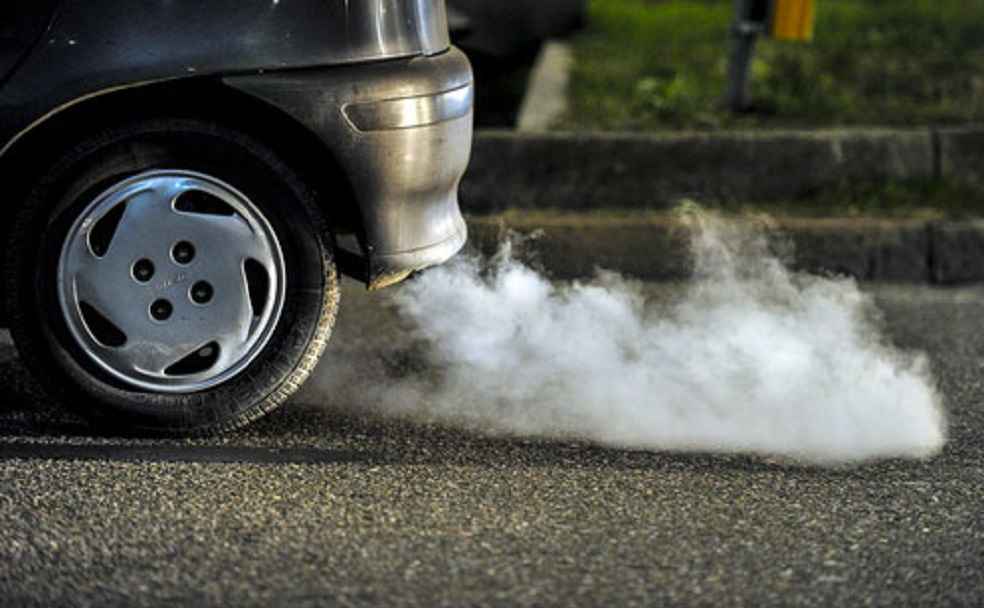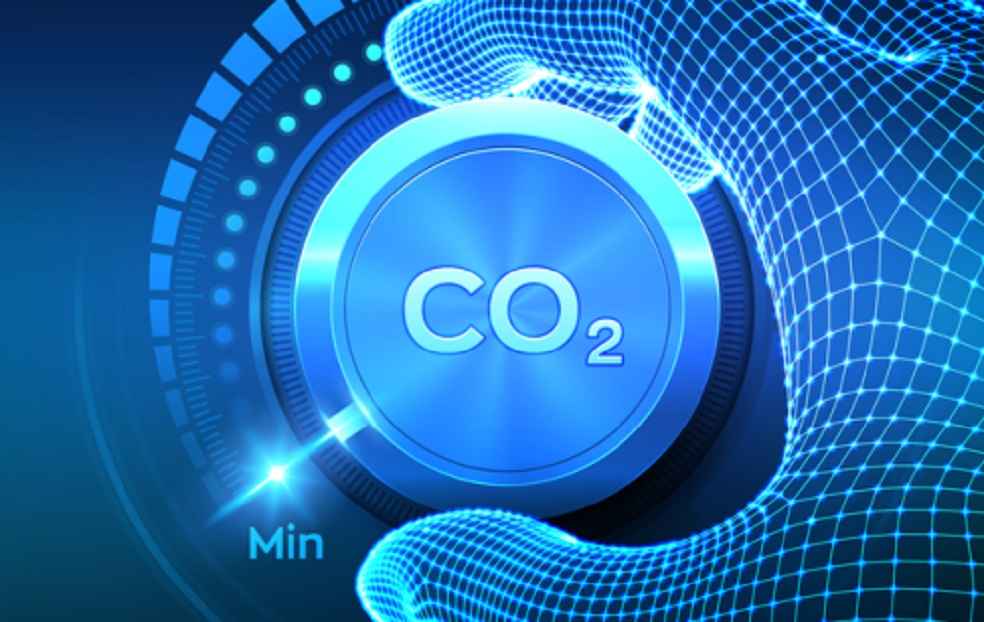India’s automobile industry has the potential to reduce manufacturing-related carbon emissions by up to 87% by 2050 through the adoption of renewable electricity and low-carbon steel, according to a new study released by the Council on Energy, Environment and Water (CEEW).
The study comes amid increasing pressure on global automakers to cut emissions across their entire supply chains. Indian giants like Mahindra & Mahindra, Tata Motors, and TVS Motors, along with global manufacturers such as Ford, BMW, Mercedes-Benz, and Toyota, have boosted electric and hybrid vehicle output and committed to Science Based Targets initiative (SBTi) aligned with global net-zero goals.
The report highlights that most companies continue to prioritize Scope 1 (direct) and Scope 2 (electricity-related) emissions, while Scope 3 emissions, those embedded in the supply chain, account for over 83% of the industry’s carbon footprint. This is primarily driven by the use of coal-intensive steel and rubber in manufacturing.

“India’s auto industry stands at a turning point,” said Dr Arunabha Ghosh, CEO of CEEW. “Decarbonizing vehicle production and supply chains is critical for long-term competitiveness and meeting climate goals. Automakers must now scale demand for green materials and invest in cleaner technologies.”
Steel and Electricity: The Game Changers
Using the Global Change Analysis Model, the study projects that India’s annual vehicle production could grow nearly fourfold, from 25 million in 2020 to 96 million by 2050. Despite improved efficiency, total emissions may still double to 64 million tons of CO₂ under a business-as-usual trajectory.
Decarbonizing steel production offers the largest opportunity for emission cuts. By transitioning to hydrogen-based steelmaking and scaling up scrap-based production to 48%, the industry could cut emissions by nearly 38 million tons by 2050. In tandem, switching to fully renewable electricity across OEMs and their suppliers could bring annual emissions down to 9 million tons, a substantial 87% drop from the baseline projection.

“To align with a net-zero future, electrification of vehicles is not enough,” said Dr Vaibhav Chaturvedi, Senior Fellow at CEEW. “Indian OEMs must integrate clean manufacturing into core strategy, not just for emissions but to remain globally competitive.”
A Dual Strategy for a Greener Future
The study also analyzes a high-hybrid scenario, where hybrid vehicles dominate in the near term before electric vehicles gain wider traction. Although this model offers a marginal reduction in energy consumption, it results in higher emissions due to prolonged reliance on internal combustion engines.
CEEW recommends a dual approach: fast-track the adoption of electric vehicles and decarbonize the broader manufacturing value chain. This would involve long-term green procurement policies, industry-wide collaboration, and government-backed enabling frameworks.
The findings underline the urgency for India’s automotive sector to treat clean manufacturing not as an optional enhancement but as a strategic necessity in the era of climate accountability and global competition.
GENERAL | Beijing Banned ICEVs to Boost EV Adoption on Ride-Hailing Platforms





